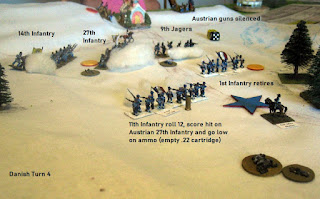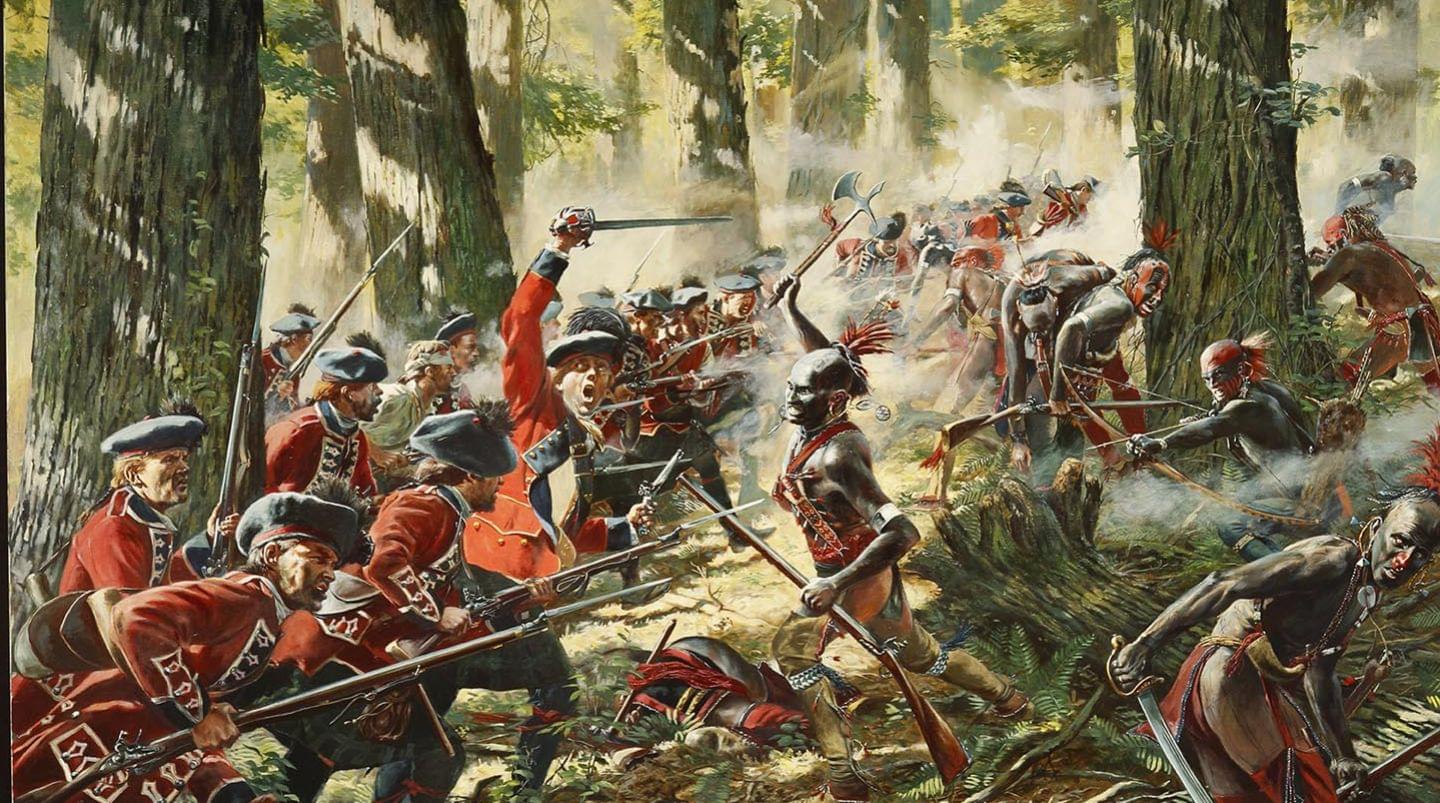We last tried Arty Conliffe’s WWII infantry game Crossfire in 2014. One of the Fencibles didn’t like moving into the period of automatic weapons and another didn’t get the fluid game turns. We’re a small group; unpopular rules don’t get played.
One member is no longer with us, another has moved a good three-hour drive away. Bill and I liked the rules from the few games we played back then. Bill suggested we give it another try with the newer Fencibles. I did a little house cleaning of my moribund 20mm East Front project. We used Steve Thomas’ mini-Crossfire Scenarios https://balagan.info/download-crossfire-freebie-1-mini-scenarios#more-11284 Yes, the 20mm figures are rather packed on those 30mm bases. I may redo the project with Victrix 12mm plastic. Or I might just stick with the 20mm stuff I already have.
I prepared a
reinforced platoon of Russians (Revell plastic infantry with Fantassin/Warmodeling
heavy weapons) and two reinforced platoons of Germans (Revell plastic, metal as
above). It all fit in a small box that went up to the Catskills. I forgot to
bring lichen to dress up the wooded terrain features but it didn’t matter since
I also left my camera back in NYC. I had felt terrain for the first scenario,
entirely in the woods. I had a small hill along for the second scenario. In all
the scenarios, if the defender hangs in for 60 minutes of real time, they win.
We started with
the first scenario, Bill defending with the Russians, and I on the attack with
the Germans. There was a lengthy pause mid-game explaining the difference
between pinned (no movement, may fire) and suppression (no movement, no firing,
serious problems in close combat). As the allotted hour ran out, Bill said add penalty
time a la World Cup Soccer. 9 minutes was added to the clock and I proceeded to
mop up the Russians. I was on the verge of dealing with them when the timer
went off again. I had lost too much time rallying pinned forces. The attackers
lost.
Next game saw
Bill on the attack, cleaning out my Russians in about 30 minutes. We then
switched to the second scenario with the hill. Both games saw the attackers mop
up the Russians in about 30 minutes. One last game saw this happen again. I know
we alternated sides but cannot recall who played what side in the last game. The
games were interspersed with trips into town, preparing meals, smoking a pork
shoulder, etc.
We ironed out a
number of oversights and the inevitable imported rules from other games that
don’t belong in Crossfire. We both liked the way the rules flowed. And the
mini-games are fast. Perhaps we need to work on defensive tactics.
With a better handle on the rules from having played, rather than reading about them in blogs, I set up scenario 1 for Jay. He dropped by yesterday and after lunch we began. Since he had never played before and was working from an online review instead of the actual rules, I used the suggested handicap. He had veteran attackers and I had green defenders.
Veterans rally easier and have a plus modifier in close combat. Green troops are harder to rally and have a negative modifier in close combat. The first game saw one of his platoons
caught in the open while my firing dice were hot. He lost all three squads of
the platoon in short order. I then nailed a squad from his other platoon,
ending the first game by nailing 4 enemy squads. It was over in 30 minutes
without Russian losses. Jay was eager to play it again. The next game saw
better German tactics and less heat from the Russian dice. In 30 minutes, he
knocked out 3 infantry squads and my mortar while losing 2 squads. The second game saw one of his squads enter my minefield and
get suppressed. But I didn’t have anyone able to finish the squad off. His engineer
squad sidled up next to the mines and defused them. He went on to a 4-2 win in
about 30 minutes. We still had time for a third game. In 30 minutes, he won 4-2
and was on track to wipe out what little was left of my forces if the game hadn't ended, sparing me that indignity.
Jay liked the
rules. Simple, fast and requires tactics rather than just dice luck. Next to
see if Carl and Andrew like Crossfire. Perhaps we might even sneak a tank onto
the table by Fall.
Only one photo:
the battery for my point-and-shoot camera seems to have given up the ghost. Tomorrow
I’ll hit B&H Photo video and see if anyone still makes batteries for a
Canon Power shot. I hope so, not interested in buying a new camera. The picture
below of my imminent demise was taken using my phone, requiring a different
method of using Photoshop. I like my old
camera. We’ve been blogging games for over 20 years together.















